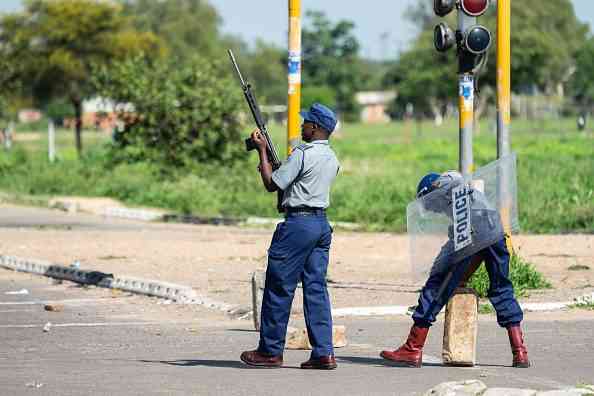
THE Harare Metropolitan province has recorded over 288 cholera cases since the first case surfaced in the country in February this year.
Provincial and Devolution secretary Tafadzwa Muguti said in a statement on Saturday that the figures were as of May 19, 2023.
“There were 288 suspected cholera cases and 84 confirmed cholera cases. The confirmed cholera cases have been reported in the suburbs of Budiriro, Glen View, Dzivarasekwa, Mt Pleasant, Mbare and Waterfalls,” he said.
“Prevention and control measures have been put in place and all districts in the province’s emergency preparedness, response teams and systems have been activated.”
Muguti ordered local authorities to promote public health.
“All local authorities have been directed to stop unlicensed and unclean food outlets from operating in open spaces. All shops, restaurants and food outlets (should) have clean toilets with running water.
“Schools, office buildings, and workspaces are to ensure that toilets have running water and soap to wash hands,” he said.
Imploring Harare residents to be hygienic in their respective homes, Muguti added: “Where cholera is suspected, you are advised to drink lots of fluids such as salt and sugar solution made with safe water or oral rehydration solution and visit the nearest health facility for prompt treatment.
- 52 000 illegal homes in Harare
- ChiTown goes for 6 months without mayor
- Teachers hits back at Zanu PF
- Ema to collect Harare waste
Keep Reading
“If anyone has watery diarrhoea, immediately report to the nearest health facility or call the Ministry of Health and Child Care Public Health Emergency Operations Centre number 2019 for assistance.”
According to the World Health Organisation, cholera is an acute water-borne diarrhoeal disease that is preventable if people have access to safe water and sanitation and practise good hygiene, but can kill within hours if left untreated.
Cholera remains one of the significant public health emergencies in the southern African region which recorded its worst outbreak between 2008 and 2009 when the disease killed more than 4 000 people and affected close to 100 000 others before spreading across the region.










